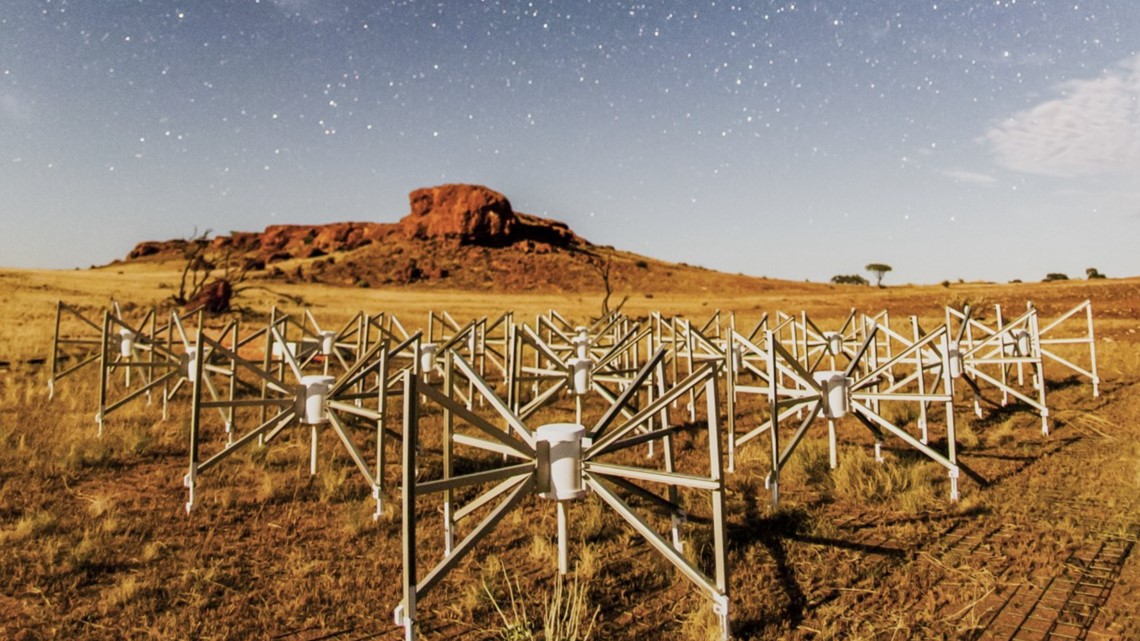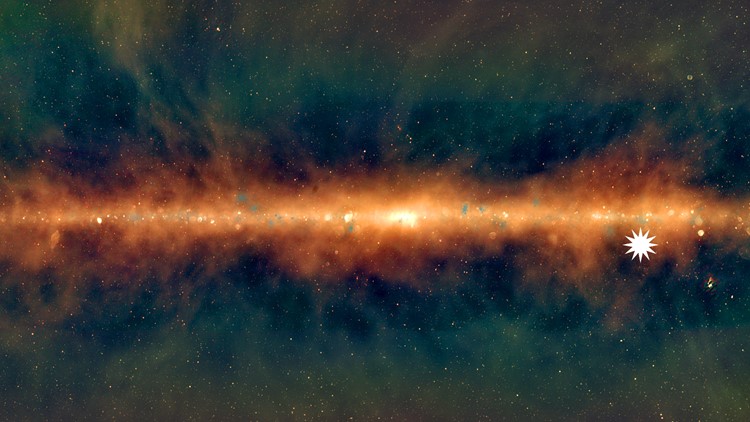A team of astrophysicists in Australia believes they have discovered something "unusual" in our universe that is "unlike anything astronomers have seen before."
While mapping radio waves, the team from the International Centre for Radio Astronomy Research (ICRAR) noted a giant burst of energy three times an hour.
To be specific, the source pulses for about a minute every 18 minutes and 18 seconds in an "unusual periodicity" that they say, has not been previously observed.
"Spinning around in space, the strange object sends out a beam of radiation that crosses our line of sight, and for a minute in every twenty, is one of the brightest radio sources in the sky," a press release reads.
Their findings, recently published in the journal "Nature," point to the source of the odd pulses as being something like a neutron star or a white dwarf with an "ultra-powerful magnetic field."
“This object was appearing and disappearing over a few hours during our observations. That was completely unexpected. It was kind of spooky for an astronomer because there’s nothing known in the sky that does that," said Dr. Natasha Hurley-Walker with the Curtin University node of the ICRAR.
Dr. Hurley-Walker adds that the discovery is in "our galactic backyard" given that the object in question is around 4,000 lightyears away.
According to researchers, objects that turn on and off in the universe aren't new to astronomers and are actually called "transients."
But ICRAR-Curtin astrophysicist Dr. Gemma Anderson says the length of this object's flashes is odd.
"The mysterious object was incredibly bright and smaller than the Sun, emitting highly-polarised radio waves—suggesting the object had an extremely strong magnetic field," she's noted as saying.
Dr. Hurley-Walker says the team's observations match a predicted astrophysical object called an "ultra-long period magnetar."
“It’s a type of slowly spinning neutron star that has been predicted to exist theoretically,” she said.
The ICRAR team will continue monitoring the object and even plans to search for more like it in the universe.
“More detections will tell astronomers whether this was a rare one-off event or a vast new population we’d never noticed before,” Dr. Hurley-Walker said.





